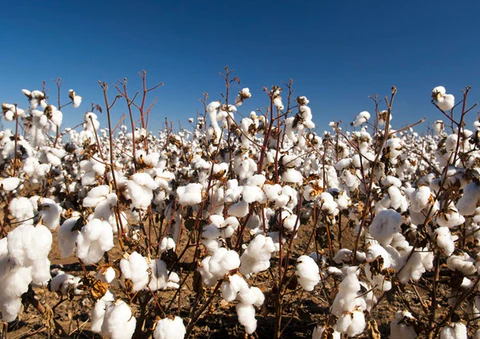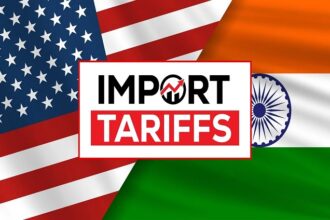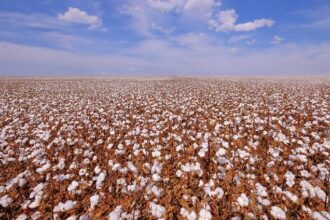India’s cotton sector is undergoing a dramatic transformation, with domestic production shrinking while consumption and imports climb, reversing the country’s long-standing role as a major exporter.
Production, Consumption, Trade: A Decade of Change
In the 2014–15 cotton season, India produced 386 lakh bales, consumed 309.44 lakh bales, and exported a robust 57.72 lakh bales, with imports at just 14.39 lakh bales.
A decade later, in the 2024–25 season, production has dropped to an estimated 294.25 lakh bales, while consumption has climbed to 318 lakh bales. Imports have surged to 25 lakh bales, and exports have fallen sharply to just 18 lakh bales.
This represents a production decline of 92 lakh bales over 10 years, along with a 10 lakh-bale rise in imports and nearly 40 lakh-bale fall in exports—a structural shift that points to India’s increasing dependence on foreign cotton.
Punjab’s Cotton Crisis
Punjab, once a significant cotton-producing state, reflects the severity of the decline. The area under cotton has shrunk from 4.21 lakh hectares in 2014–15 to barely 1 lakh hectare in 2024–25. Production followed the same downward trajectory, falling from nearly 13 lakh bales to under 2 lakh bales.
Official Explanation & Bt Cotton Debate
Responding to queries in Parliament, Union Minister of State for Agriculture Ramnath Thakur explained that cotton imports and exports operate as balancing tools to address mismatches between supply and demand in the domestic textile sector, which is heavily tied to the global market. He added that much of India’s imports cater to specific needs, such as specialized long-staple cotton or industry-specific supply chain arrangements.
The downturn has reignited the debate over Bt cotton, which was introduced with the promise of higher yields and pest resistance. Critics argue that dependence on Bt cotton has contributed to declining production and pest challenges. However, the government maintains there is no conclusive evidence that Bt cotton adoption has increased India’s reliance on imports.
Industry Pressures and Policy Response
The textile industry, facing higher global prices and tighter supplies, has leaned increasingly on imports. Cotton inflows in 2024–25 are expected to double compared to last year, while exports continue to decline. To support spinners and garment exporters, the government temporarily waived the 11% cotton import duty between August and September 2025, offering short-term relief.
Implications Ahead
Farmers: Declining cultivation and returns could intensify rural distress if corrective measures are not implemented.
Textile Industry: Short-term relief from duty cuts may not address long-term supply vulnerabilities.
National Strategy: Growing import dependence highlights the need for renewed focus on crop diversification, advanced seed technology, and productivity improvements.
Summary Table
| Metric | 2014–15 | 2024–25 (Estimate) |
|---|---|---|
| Production | 386 lakh bales | 294.25 lakh bales |
| Consumption | 309.44 lakh bales | 318 lakh bales |
| Imports | 14.39 lakh bales | 25 lakh bales (+) |
| Exports | 57.72 lakh bales | 18 lakh bales (–) |
| Punjab Cotton Area | 4.21 lakh ha | 1 lakh ha |
| Punjab Production | ~13 lakh bales | <2 lakh bales |











